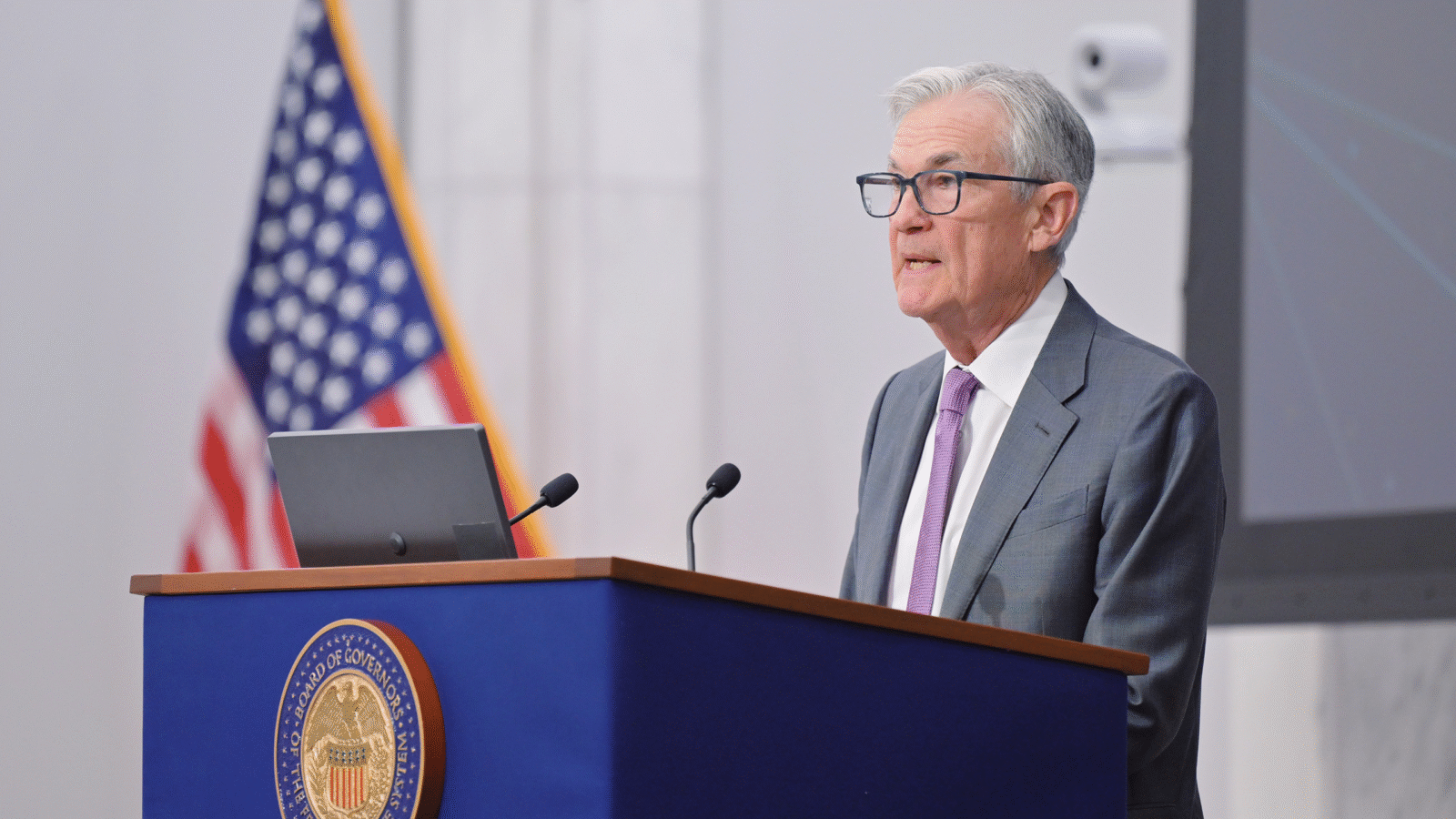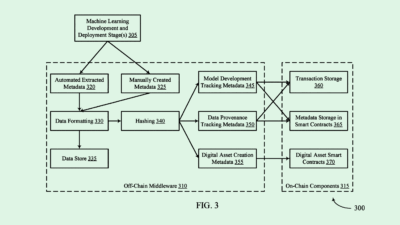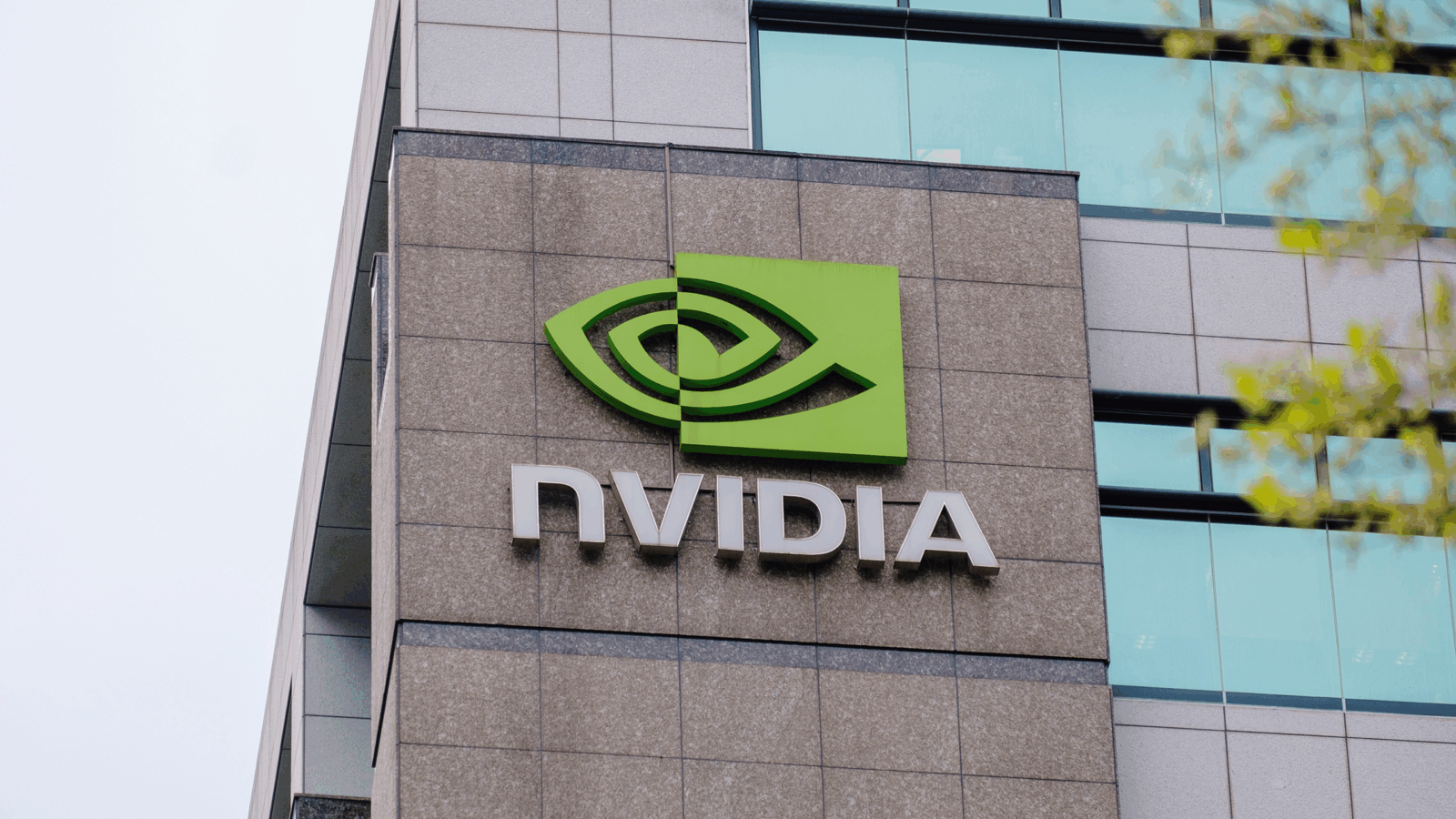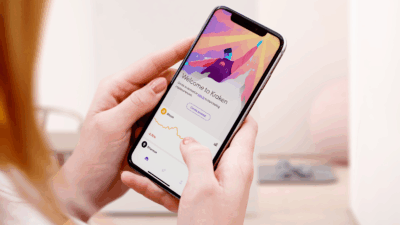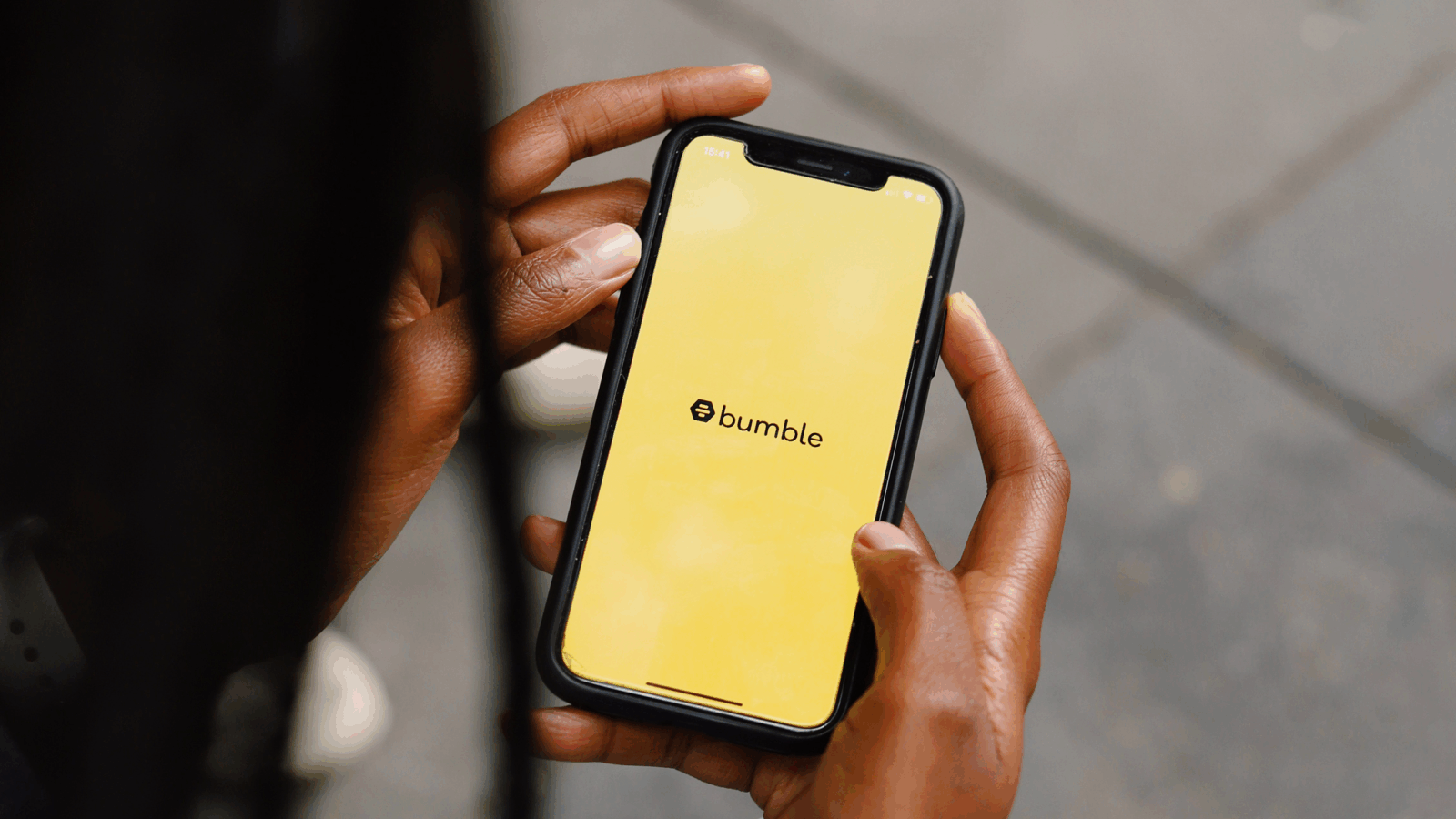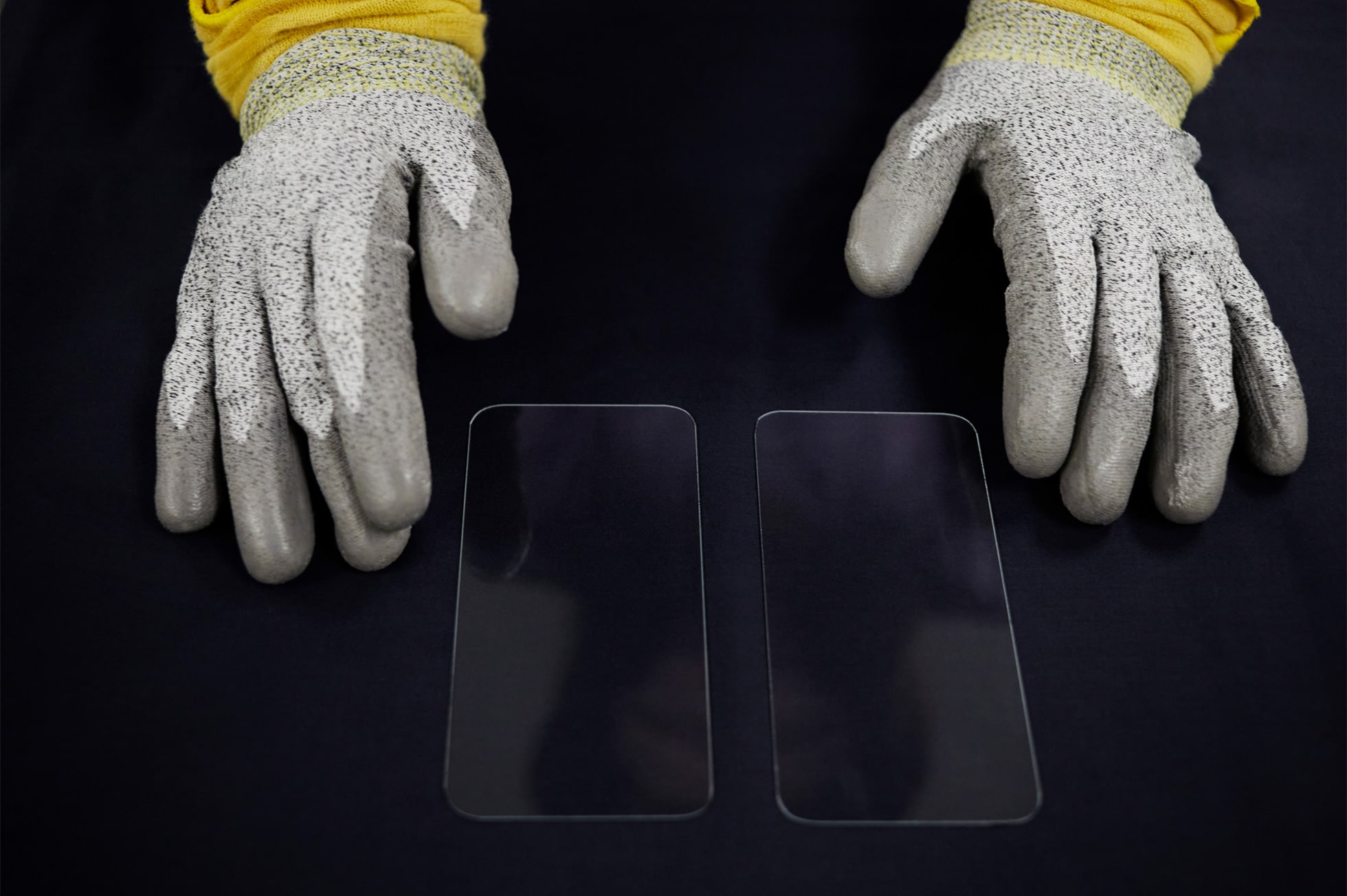
Sign up for smart news, insights, and analysis on the biggest financial stories of the day.
If you have ever carried around an iPhone with a shattered screen for more than a week, this story is for you. Yesterday Apple announced it is handing $45 million to Corning, a specialist maker of ceramics and glass for smartphones.
Industry analysts previously pegged 2023 as the year Apple is aiming to launch a smartphone with a foldable glass screen, which the deal’s fine text seemed to confirm.
Can I Borrow 430 Billion Dollars?
When Apple opens its wallet, it doesn’t mess around. Last month, the company said it will invest a whopping $430 billion over the next five years in the U.S. Much of that’s going towards its own operations including new campuses and Apple TV productions like Ted Lasso.
But the company’s manufacturing partners are also set for a big payday courtesy of Apple’s Advanced Manufacturing Fund:
- Corning, best known for its Gorilla Glass brand, has been making glass for Apple since the first generation iPhone in 2007. The $45 million largesse will fund the R&D of “innovative new technologies that support durability and long-lasting product life.”
- Corning engineers are currently developing an ultrathin, bendable glass that’s 0.1 millimeters thick and can bend to a 5 millimeter radius, and expects products with its bendable glass to hit the market in 12 to 18 months
- Last week, Apple made a $410 million investment in partner, II-VI, which develops the laser technology used in the iPhone’s Face ID and light detection (LiDAR) Scanner.
“The fast-growing foldable smartphone market has become a must-have for all major smartphone brands,”said Ming-Chi Kuo, an Apple analyst at TF International Securities who predicts the company will manufacture between 15 and 20 million foldable units in 2023. “The foldable smartphone will boost the next super replacement cycle for high-end models.”
Scratch That: Apple is betting on Corning to pull off an engineering feat that has eluded others, as most foldable phones use plastic screens. Rival Samsung has already taken foldable glass screens to market but its screens have been marred by setbacks including cracking in winter weather. One critic argued they’re “no more durable than plain old plastic.”
